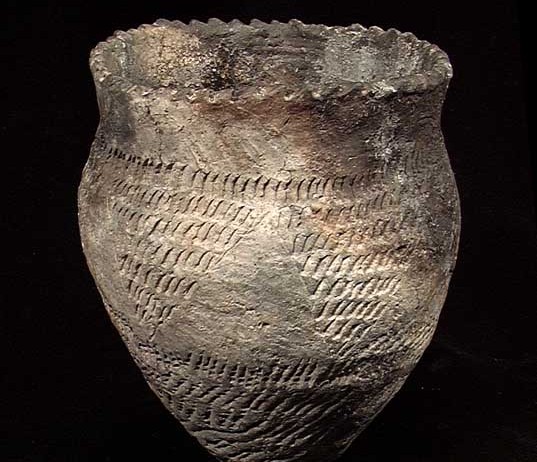After the Archaeology recordings went viral I was asked a number of questions, ones which I’d like to address here.
- How do you know what Proto-Indo-European (PIE) sounded like?
My reconstructions are based on lots and lots of research, partly my own but mostly the work done by generations of scholars.
Here is the basic methodology that we historical linguists follow:
- We analyze the words of those languages that we think are related. By related, we mean that they derive from the same language at some point in time. For instance, today there are a number of dialects of the English language – at one point in time (before the colonization of the Americas) all of those English dialects more or less derive from the same Germanic dialect. The same may be said about German & English – these two languages, along with other languages like Dutch, Swedish, and Icelandic – were originally dialects of the same language, what we call Proto-Germanic. And finally, the same may be said about English & French – these two languages, along with hundreds of other languages spoken across the world, derive from a language we call Proto-Indo-European.
- Once we compile those words that we think are related, we use what is called the Comparative Method. It’s as straightforward as its name sounds: it’s a method of comparing forms together.
- For example: The word *h3rḗḱs ‘king’, is reconstructed on the basis of words such as Latin rēx, Old Irish rí, German Reich, and Sanskrit rāj- (still seen in the clan name Rajput). We also know more generally that the root *h3rḗĝ- meant to “rule, organize”, still seen in the English word regular, regulation, etc. We may also identify the *-s ending as the marker of a singular subject, which you find in Latin words such as amicus ‘friend’.
- Another example: *h1est ‘(he) was’. This is reconstructed on the basis of words such as Sanskrit ā́s ‘was’ and Luvian (likely the language of the Trojans) āsta ‘was’. More generally, the root *h1es- meant to ‘be’, a word still present in English is, German ist, and French est. From a more grammatical standpoint, we may also identify the *-t in *h1est as a marker of the 3rd person singular, indicating that the subject is “he, she, it”.
- Another tool we have to figure out our reconstructions is the use of linguistic theory and our knowledge of linguistic tendencies and universals. An example I always like to tell my students — which is rather silly, I admit — is that there is no language on the face of the earth that uses a “burp” as a sound within a word (Hale 2007). We therefore should never reconstruct a burp for Proto-Indo-European or any proto-language for that matter. That’s just something that languages simply do not do.
- What do the accents over the vowels mean?
Acute accents (such as < é >) mark high pitch, all other unaccented syllables are (supposed to be) low pitch.
- Why do you pronounce PIE with an American accent?
Because I’m American and not a speaker of Proto-Indo-European! I’m more specifically from Tennessee, so you undoubtedly will hear unwarranted diphthongs in place of the monophthongs that were likely there. There of course are other mistakes — such as my /r/ and voiced aspirated consonants.
- Which features of the two PIE fables recorded are unconventional / peculiar to your reconstruction?
I reconstruct the vocative of the word ‘father’ in the fable “The King and the God” as *pter ‘o father’, but it’s normally reconstructed as *ph2ter. I do this because in my own research I hypothesize that the normal, non-analogically influenced outcome of a laryngeal in between two consonants in word-initial position is deletion, hence my reconstruction *pter. But I’m probably the only person in the IE world who would do this, though! This is the nature of the beast. Though PIE was unquestionably an actual language, our reconstructions can only approximate it. As a wise teacher once said to me: “We’re not in the business of reconstructing the truth; we’re in the business of reconstructing the most likely scenario with the imperfect evidence we’ve been given.”
- How do you pronouce the laryngeals (the “h” symbols written)?
Like many Indo-Europeanists I assume that *h1 was a voiceless glottal fricative [h], *h2 was a voiceless pharyngeal fricative [ħ] (the Darth Vader sound), and *h3 was a voiced (rounded?) pharyngeal fricative [ʕw] (to my ears the first sound of “Oppa Gangnam Style“). There are lots of good reasons for this — see http://www.academia.edu/4165302/The_Phonology_of_Proto-Indo-European_draft_ if you want to learn more about them. At least, those were the sounds I targeted. But of course, given my non-native fluency in PIE I likely missed those targets at certain points in the text.
